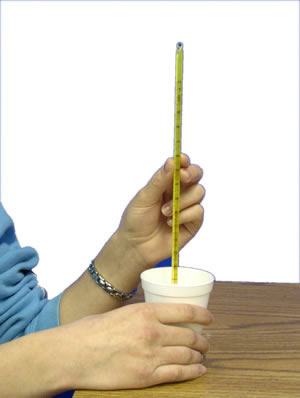Print out the lab : Word | RTF | PDF
|
||||||||||||||||||||
Chemistry 30
Thermodynamics: Unit Index | Practice Problems | Assignments
| Student Lab | Research Ideas | Teacher Resources
Kinetics: Unit Index | Practice Problems | Assignments
| Student Lab | Research Ideas | Teacher Resources
Equilibrium: Unit Index | Practice Problems | Assignments
| Student Lab | Research Ideas | Teacher Resources
Solutions: Unit Index | Practice Problems | Assignments
| Student Lab | Research Ideas | Teacher Resources
Acids & Bases: Module Index | Practice Problems | Assignments
| Student Lab | Research Ideas | Teacher Resources
Redox Reactions: Module Index | Practice Problems | Assignments
| Student Lab | Research Ideas | Teacher Resources
